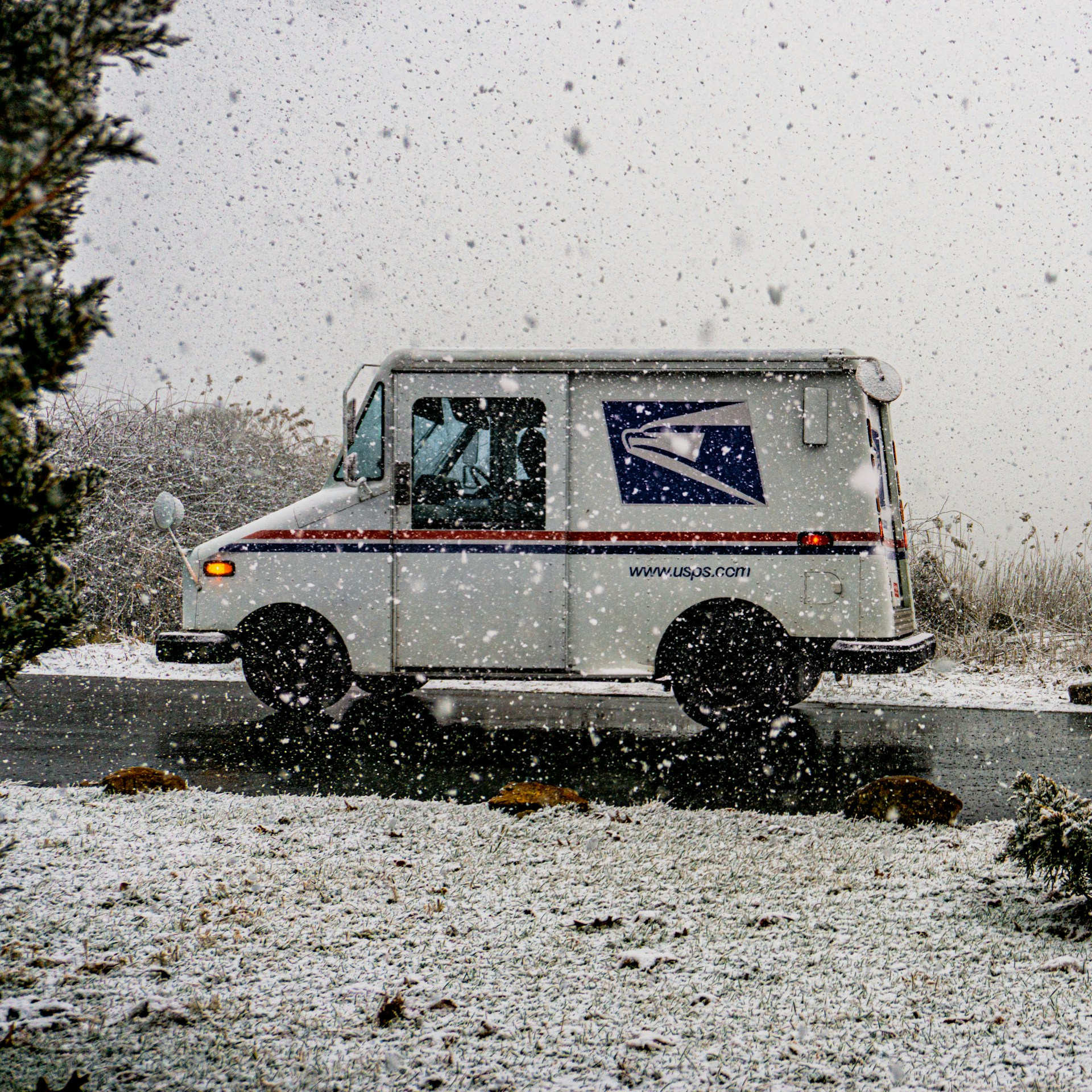Key Takeaways
-
PSHB plans in 2025 provide more predictable costs and integrated Medicare benefits than many Medicare Advantage plans, particularly for annuitants.
-
Enrolling in Medicare Part B as required for many PSHB enrollees results in access to enhanced benefits not always matched by Medicare Advantage plans.
Understanding PSHB and Medicare Advantage in 2025
In 2025, the Postal Service Health Benefits (PSHB) Program officially replaces FEHB for Postal Service employees, annuitants, and their families. While Medicare Advantage (Part C) plans are widely marketed and sometimes sound appealing, they don’t always offer better value or coverage than what’s already built into PSHB—especially for Medicare-eligible retirees.
To make an informed decision, it’s important to compare what you receive under PSHB versus what you might be promised under Medicare Advantage. In many areas, PSHB either matches or exceeds what Medicare Advantage plans advertise.
Medicare Part B Is Central to PSHB Access
One major change in 2025 is that most Medicare-eligible PSHB annuitants are required to enroll in Medicare Part B to maintain full benefits. This requirement changes how your PSHB plan functions.
When you’re enrolled in both PSHB and Medicare Part B:
-
PSHB becomes your secondary payer, reducing your out-of-pocket costs
-
Many PSHB plans waive deductibles and reduce coinsurance amounts
-
You avoid gaps in care that can occur with narrow Medicare Advantage networks
In contrast, Medicare Advantage plans replace Original Medicare, often imposing new restrictions on access to specialists, prior authorization for procedures, and potential caps on services.
1. PSHB Offers Nationwide Coverage With Fewer Restrictions
Unlike many Medicare Advantage plans that rely on specific regional networks, PSHB plans offer broader national networks. This makes a significant difference if you:
-
Split your time between different states
-
Travel frequently within the U.S.
-
Rely on care from providers outside a narrow HMO or PPO network
With PSHB, you maintain access to a national network of providers, and if you have Medicare Part B, your plan coordinates seamlessly with Medicare’s nationwide coverage. This dual coordination avoids many of the restrictions Medicare Advantage enrollees face.
2. PSHB Reduces Surprise Out-of-Pocket Costs
Medicare Advantage plans often come with:
-
Tiered copays
-
Coinsurance for various services
-
Out-of-pocket maximums that can reach the annual limits ($9,350 in-network in 2025)
In contrast, many PSHB plans provide more predictable cost-sharing when Medicare Part B is also in place:
-
Lower or waived deductibles
-
Reduced or eliminated coinsurance
-
Streamlined billing through Medicare as the primary payer
This financial coordination can lead to lower annual healthcare spending compared to the uncertain cost structure of Medicare Advantage.
3. Your Drug Coverage Under PSHB Is Already Medicare-Enhanced
In 2025, PSHB plans for Medicare-eligible annuitants include integrated Medicare Part D coverage through Employer Group Waiver Plans (EGWPs). These plans:
-
Automatically enroll eligible members without additional premiums
-
Cap annual out-of-pocket drug costs at $2,000
-
Include broad pharmacy networks and mail-order options
You do not need to shop for a separate drug plan or navigate confusing tiers. Medicare Advantage plans, on the other hand, often include drug coverage, but formularies, prior authorization, and out-of-pocket costs can vary significantly.
4. PSHB Avoids Hidden Trade-Offs Common in Medicare Advantage
While some Medicare Advantage plans advertise extra benefits such as dental, vision, or transportation, those perks may come with trade-offs:
-
Higher cost-sharing for essential services
-
Prior authorization hurdles
-
Limited provider access
In contrast, PSHB plans often offer similar supplemental benefits, but with:
-
Consistent coverage across the plan
-
Nationwide access
-
Fewer hoops to jump through for care
PSHB isn’t designed as a marketing product—it’s built to ensure stable and comprehensive healthcare access.
5. PSHB Stays Stable as Medicare Advantage Plans Change Yearly
Medicare Advantage plans can change their benefits, provider networks, and formularies every year. In contrast, PSHB plans are negotiated at the federal level, offering more consistency in:
-
Plan structure
-
Government contribution toward premiums
-
Coordination with Medicare
In 2025, many PSHB plans still cover about 70% of total premium costs, offering predictable payroll deductions for employees and known monthly costs for annuitants. This stable model helps with long-term budgeting.
6. You Avoid Provider Access Issues with PSHB
Medicare Advantage enrollees often report difficulty accessing the providers or specialists they prefer. Common issues include:
-
Denials due to out-of-network status
-
Delays from prior authorization requirements
-
Unexpected charges from non-contracted providers
PSHB plans, particularly when paired with Medicare, offer smoother provider access and fewer service denials. Most Medicare-enrolled providers nationwide accept Medicare and coordinate with secondary PSHB coverage.
7. PSHB Plans Leverage Federal Oversight and Bargaining Power
Medicare Advantage plans are administered by private insurers who negotiate rates and benefits regionally. PSHB, on the other hand, is backed by the U.S. Office of Personnel Management (OPM), which negotiates broad benefits and premium rates on behalf of the entire Postal Service workforce.
This government-managed approach results in:
-
Strong consumer protections
-
Transparent plan documentation
-
Predictable annual updates
This structure makes PSHB more consistent and trustworthy for long-term retirees compared to the shifting landscape of privately-administered Medicare Advantage plans.
8. With PSHB, You Still Control Your Medicare Rights
When you enroll in a Medicare Advantage plan, you technically leave Original Medicare. That means:
-
Claims are handled by a private plan, not Medicare
-
You must follow the plan’s rules to receive coverage
-
You may lose access to certain Medicare-covered services if not approved by the plan
PSHB allows you to keep Original Medicare while layering in coordinated benefits. You retain:
-
Access to all Medicare-covered services
-
Freedom to use any Medicare-accepting provider
-
Added cost protections from PSHB
This means greater flexibility and less risk if your healthcare needs change.
9. You Avoid Extra enrollment Hassles With PSHB
Choosing a Medicare Advantage plan typically requires shopping around every year during the October to December enrollment window. You must:
-
Compare plan changes
-
Evaluate provider participation
-
Check drug formulary updates
PSHB simplifies this process. As long as you maintain enrollment and continue to meet eligibility, you won’t need to reevaluate plans every year unless you want to. Your plan continues providing consistent benefits as long as you remain eligible.
10. PSHB Protects Your Retirement Planning
For Postal Service annuitants, the combination of PSHB and Medicare is one of the strongest retiree healthcare setups in 2025. It provides:
-
High-value benefits negotiated at scale
-
Consistent integration with Medicare Part B
-
A smoother transition from active employment to retirement
Medicare Advantage plans may appear to offer short-term benefits, but they require vigilance, ongoing plan reviews, and acceptance of managed care restrictions that can complicate long-term planning.
Let PSHB Work in Your Favor Without the Confusion of Medicare Advantage
As a Postal Service employee or retiree, you already have access to a strong healthcare option. When you add Medicare Part B, many PSHB plans become even stronger, offering simplified billing, lower costs, and greater flexibility without needing to navigate the complexities of Medicare Advantage.
Instead of chasing flashy benefits or worrying about plan changes every year, let PSHB do what it’s designed to do: protect your health with consistency, transparency, and federal oversight.
To make sure you’re getting the most from your plan, talk to a licensed agent listed on this website. They can help you assess your Medicare options, understand your PSHB benefits, and avoid unnecessary mistakes.












